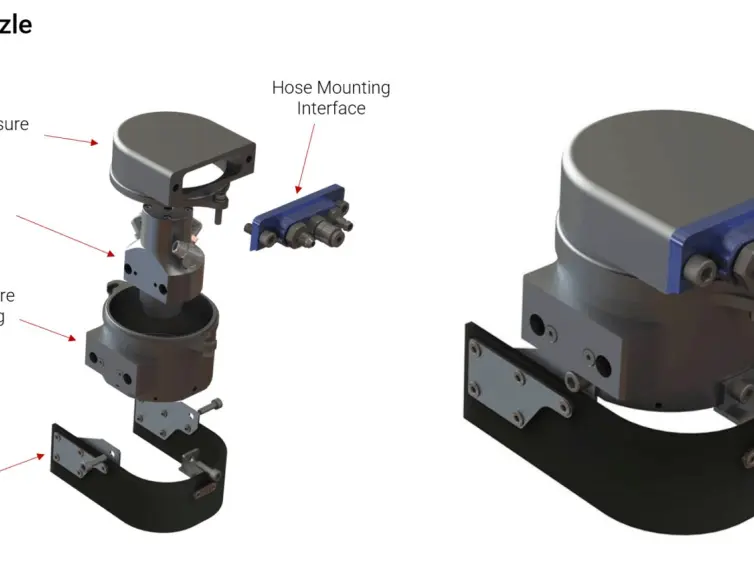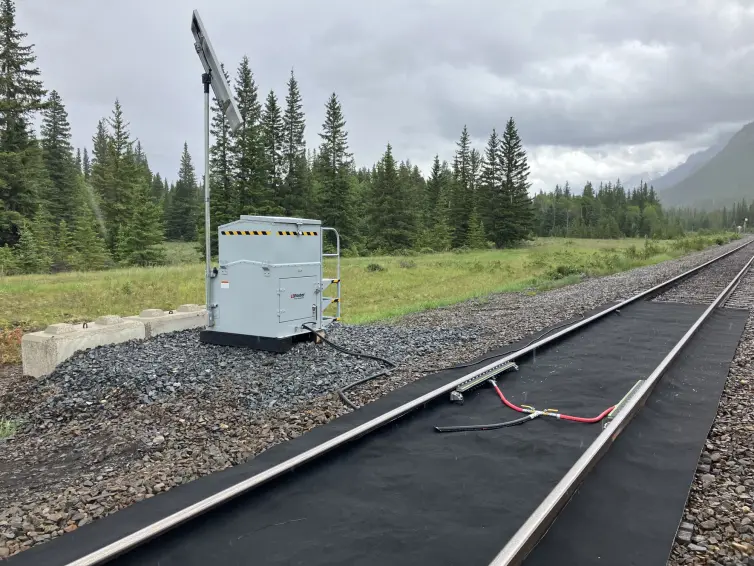The rapid pace of urbanization globally has created increased opportunities for the growth of urban rail transportation systems.
This in turn has placed increased pressure on system planners and network operators to ensure sustainable solutions are adopted to effectively improve passenger experience, minimize environmental disturbance, and reduce operating and maintenance costs.
Friction Management at the wheel-rail interface has been robustly proven to be a sustainable, cost-effective strategy for mitigating problematic wear, noise, and corrugation phenomena by favorably manipulating energy and forces at this interface.
Our mission is to work with you to understand the advantages of friction management and identify how it can help you achieve your key goals:
Reduce annual program costs, including:
Rail grinding and rail replacement
Wheel truing and wheel replacement
Track component failure
Fuel consumption
Friction management materials
Maximize program benefits, including:
Control squeal and flanging noise
Avoid wheel climb derailments
Improve ride quality
Reduce track access requirements
Validate program performance
How it works
Managing friction at the wheel-rail interface involves the establishment of optimal friction levels and controlling the relationship between creepage and friction forces. Different levels of friction are desired at the top-of-rail / wheel-tread interface and the rail-gauge / wheel-flange interface, and thus these two separate interfaces require different materials.
Friction Management for urban rail transit systems can be achieved using both train-mounted and track-bound approaches and L.B. Foster have specifically designed solutions which are optimised for Urban rail.
These solutions include trackside lubrication systems which can be installed and dispense lubrication to all rail types included embedded tram rail systems; compact and slim line cabinets which are suited to tunnel environments and cabinets designed to fit with an urban street setting.
Train-mounted systems include both onboard solid stick and mobile liquid spray-based approaches.
Solid Sticks are formulated specifically for wheel flange or wheel tread application, each requiring different friction characteristics.
Mobile Spray systems apply desired quantities of friction control media at specific in-track locations.
Trackside systems make use of wheel sensing technology to detect passing traffic and apply friction control agents using rail-mounted applicator bars.
Due to the unique characteristics of urban rail systems, such as shared right of way, sharp curves, grooved rail, independent bogies, and low floors, L.B. Foster has developed specialized technical packages to address these specific needs:
On-Board Solid Stick Flange Lubrication Systems
On-Board Solid Strick Tread Friction Modifier Systems
On-Board Liquid Spray Application Systems.
Downloads
Ordering and More Information
Learn more about this product, complete our short contact form to connect with our expert team.
Contact L.B. Foster Regional Representatives


